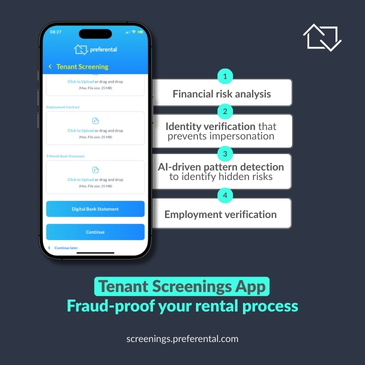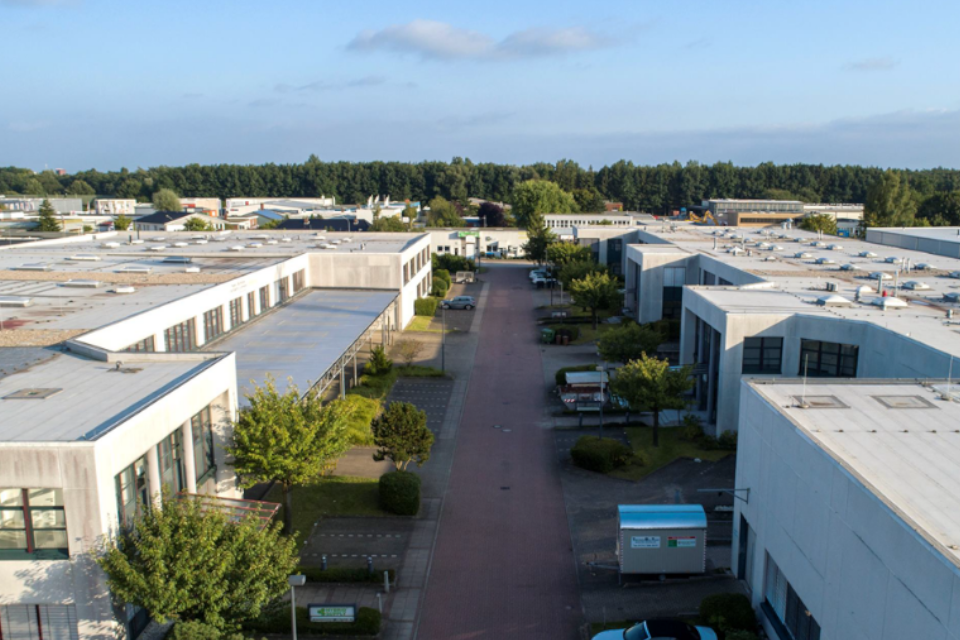Why 80% of South Africans are priced out of Homeownership
Key Takeaways
- One house exists for every 3.3 families earning under R26,000 a month, leaving millions without access to property.
- Property prices outpace wages for over 70 years, while housing supply lags far behind population growth.
- Systemic failures in policy, land release, and affordability keep homeownership out of reach for most South Africans.
The Harsh Reality: The numbers don’t lie
Lightstone’s June 2025 Property Newsletter highlights a stark housing crisis:
- Over 80% of households earn less than R26,000 a month.
- For this segment, only one formal house exists per 3.3 families.
- Since 2000, South Africa’s population has grown by 19.3 million, yet only 1.9 million homes have been added to the market.
Renier Kriek, Managing Director of Sentinel Homes, warns:
“There’s something deeply wrong if such a vast demand for housing isn’t being met. The system is broken and government has yet to deliver real solutions.”
Why Homes Remain Out of Reach
Beyond the basic supply-demand mismatch, a combination of economic and structural issues continues to shut out aspiring homeowners:
1. National-Level Failures
- Slow economic growth: Stagnant job creation and weak wage growth keep affordability low.
- Policy uncertainty and graft: Mismanagement of state resources robs citizens of housing funds.
- Restrictive labour policies: High labour costs push construction expenses up, making homes unaffordable.
- Skills shortage: Retiring artisans and weak vocational training increase building costs.
- Foreign investment misalignment: Short-term portfolio flows don’t fund long-term infrastructure or housing.
“We’ve failed to create an economy that builds homes as fast as we grow our population. This is not just a property issue, it’s systemic,” says Kriek.
2. Property Market Barriers
- Bureaucratic delays: Approvals take years, inflating costs and discouraging development.
- NIMBYism: Community objections clog courts, delaying housing projects.
- High fixed municipal charges: Low-cost housing becomes unaffordable when basic fees rival mortgage payments.
- Small-unit deterrents: Developers avoid affordable homes due to high per-unit costs with low margins.
- Slow release of land: Municipalities drag their feet on making serviced land available.
- Weak lender and landlord protection: Risky, lengthy eviction processes deter financing for affordable housing.
The Way Forward: Fixing the System
Kriek insists the solution lies in political will, structural reform, and smarter market design:
- Streamline regulations: Cut red tape and fast-track housing approvals.
- Release land proactively: Municipalities must identify, prepare, and free up development sites in advance.
- Rationalise charges: Ensure municipal rates are progressive and consumption-based to protect low-income owners.
- Reform labour and skills training: Build a workforce capable of supporting a housing-driven economy.
- Incentivise affordable housing: Tax breaks or dedicated land parcels for small-unit developments.
- Protect financing mechanisms: Shorten foreclosure and eviction timelines to safeguard capital flow.
“The private sector is ready to meet demand,” Kriek concludes. “There’s enough money in the system. Government simply needs to design a market that makes affordable housing viable.”
Bottom Line
The affordability crisis isn’t just a market failure, it’s a system failure. With 80% of South Africans locked out of homeownership, real reform is the only way to unlock supply and give families a fair shot at owning a home.

Share





.avif)

.avif)


.avif)

.avif)




.svg)


.avif)

.avif)







%20.avif)








.avif)
%20.avif)
